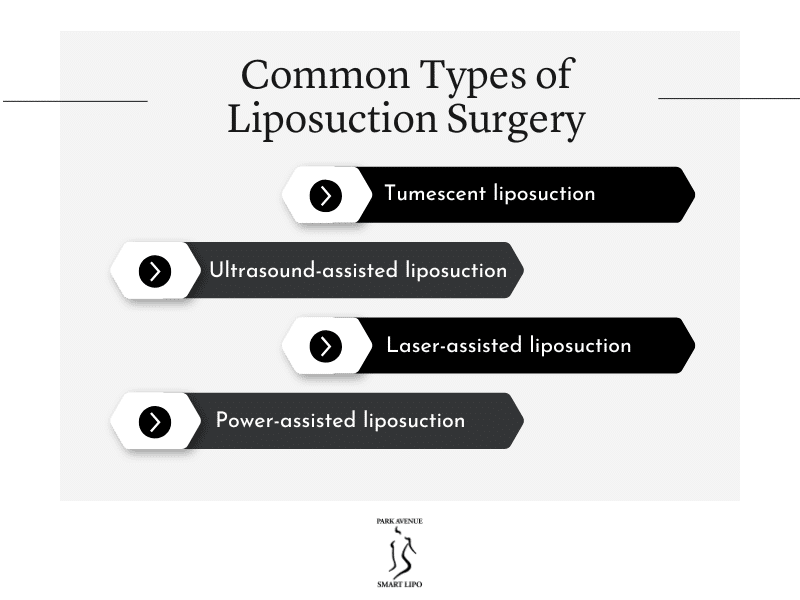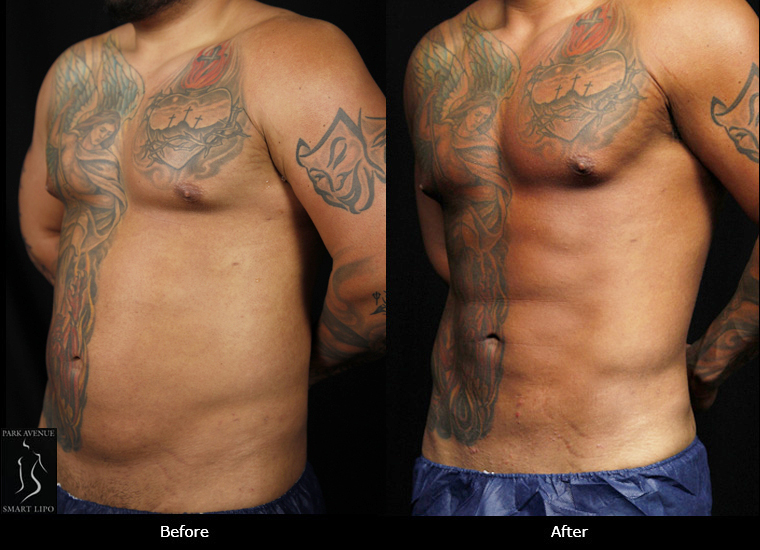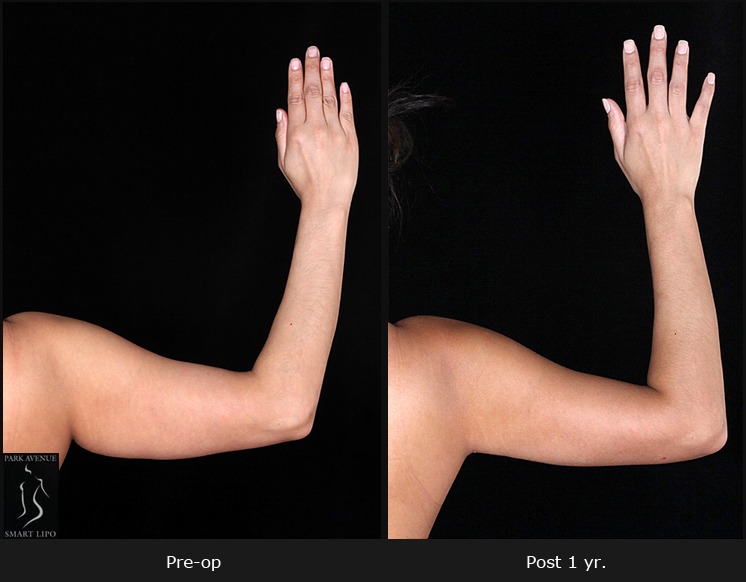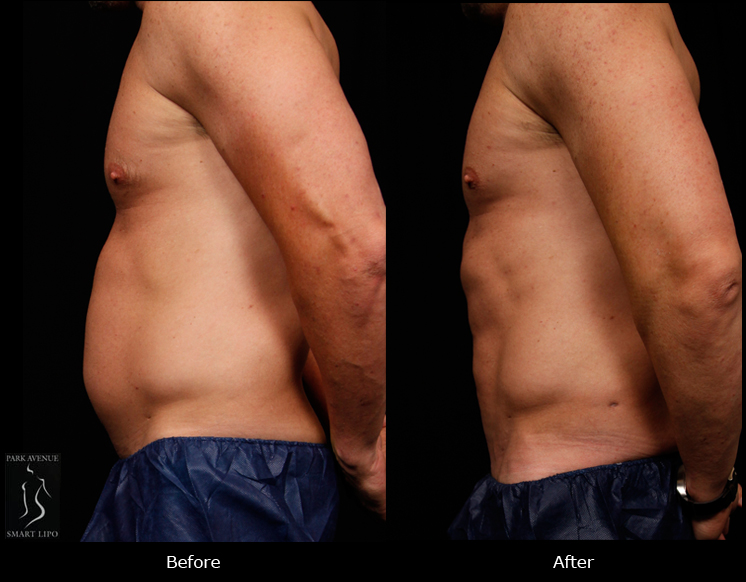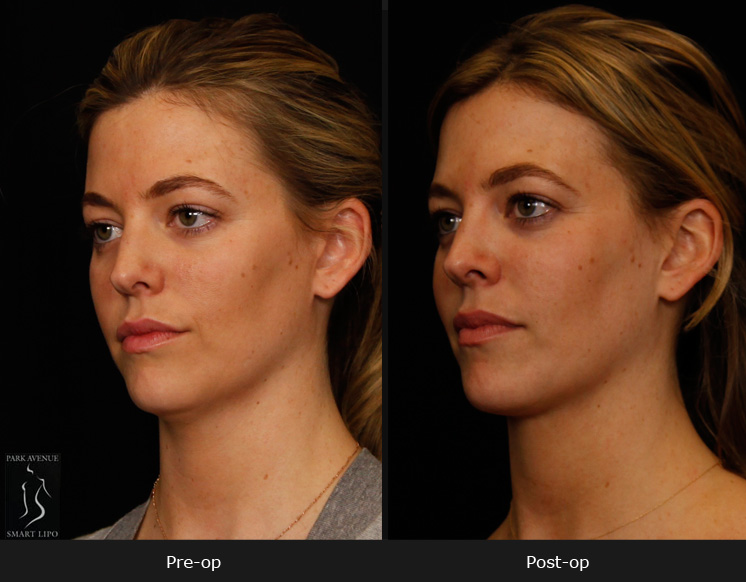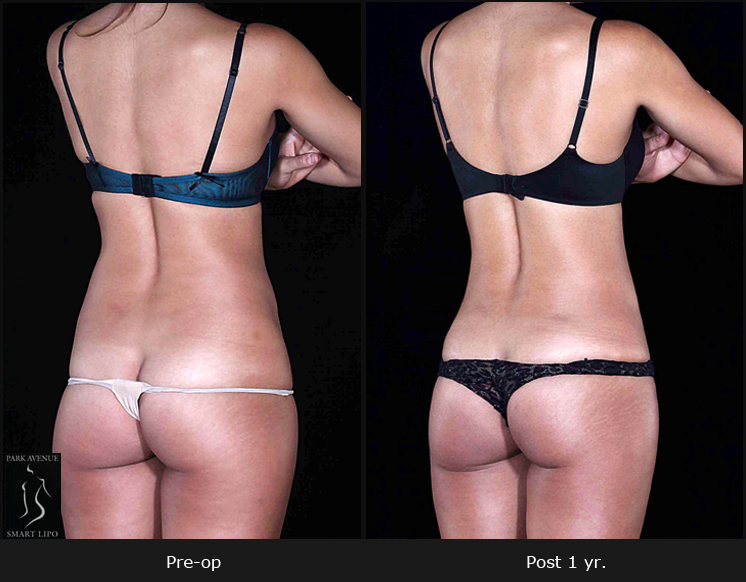When planning a laser liposuction procedure, most people focus on the end results – slimmer contours, improved confidence, and better body symmetry. However, one of the most important things to understand before the treatment even begins is about the anesthesia used for liposuction.
Anesthesia works as an analgesic and blocks pain, relaxes you, makes you unconscious for the surgery, and immobilizes you by stopping or reducing automatic responses such as increased heartbeat, rapid breathing, and a rise in blood pressure. This obstruction of sensory, reflex, mental and motor functions is required for the surgeon to operate on you safely and effectively.
Depending upon each patient’s recovery timeline, area to be treated, and overall health, liposuction surgery can be performed using different types of sedation methods. So if you’re considering laser lipo, understanding Smartlipo anesthesia options is essential to stay informed ahead of your consultation.
Understanding Various Types of Liposuction
Liposuction is a cosmetic surgical procedure that removes excess fat from specific areas of the body such as the waist, thighs, and arms to improve shape and contour. While it’s not a weight-loss solution, liposuction is a popular body-sculpting technique to target stubborn fat deposits that remain despite strict diet and regular exercise. Liposuction can be performed using various techniques, such as:
- Tumescent liposuction: One of the most common types, tumescent method involves injecting a saline solution mixed with anesthetic and epinephrine into the fat before suctioning it out with microcannulas. This helps minimize discomfort such as bleeding, swelling, and postoperative pain.
- Ultrasound-assisted liposuction (UAL): This type uses sound wave energy to break down fat, making it easier to remove. It’s especially useful for fibrous areas like the upper back or male chest.
- Laser-assisted liposuction (LAL): One of the latest advancements in liposuction technology, in this type surgeons use laser energy to liquefy fat before removal and may also help tighten the skin.
- Power-assisted liposuction (PAL): This type involves the use of a vibrating cannula that loosens fat cells with rapid back-and-forth motion, allowing for more precise fat removal with less effort.
Regardless of the type of surgery, anesthesia is necessary to control pain. The type of sedation or numbing method is a major concern among people who are planning to undergo liposuction surgery. Based on the technique used, the procedure can be performed under local or general sedation. For instance, a non-invasive procedure such as laser liposuction can be done using local anesthesia, while a traditional invasive procedure would require general anesthesia.
Best Pain Management Options available during Liposuction Surgery
General Anesthesia
Usually, traditional liposuction uses general anesthesia because it involves treatment of large areas. This form of sedation also makes it easier to remove large amounts of fat in multiple parts of the body. You will be completely asleep and unaware of what’s going on during this procedure and sometimes, this may pose risks. The anesthetic effect lasts for a longer time than local anesthesia and recovery from its effects may take longer.
Local Anesthesia
Local anesthesia is much more convenient and safer when compared to general anesthesia. It works by numbing the area to be treated and is most commonly used in minimal procedures. In fact, surgeons typically use a specific numbing method called tumescent anesthesia in Smartlipo. In this technique, diluted anesthetic solution (typically lidocaine) and epinephrine (a vasoconstrictor) is directly injected into the fat layer to provide effective numbing, reduce bleeding, and ease fat removal. A topical numbing cream can also be applied to the skin to numb the skin.
According to a 2021 report in Dermatologic Surgery, which analyzed 9,002 consecutive tumescent liposuction procedures under local anesthesia, no fatal complications or damage to deeper structures were reported. This approach allows patients to remain awake and relaxed throughout the procedure and get back quickly to their normal routine. Another report published in Dermatologic Surgery says that, “Cosmetic procedures performed in offices by dermatologists under local and dilute local anesthesia yielded no reported complications.”
Conscious Sedation
Sometimes referred to as “twilight sedation,” conscious sedation combines localized numbing with medication to help you relax. While you remain awake, your awareness and memory of the procedure will be reduced. This method strikes a balance for those who want minimal discomfort without fully losing consciousness. Conscious sedation can be administered in two different ways:
- Oral Sedation: Medications such as Valium (diazepam) or Ativan (lorazepam) are taken in pill form before the procedure, so no needles are required for this type of sedation. It takes longer to kick in and is generally milder, making it more suitable for patients with minimal anxiety and smaller treatment zones. While you remain awake, you’ll feel drowsy and relaxed throughout the procedure.
- IV Sedation: Intravenous sedation uses a vein-access line to deliver medication directly into your bloodstream. This method allows for better control of the sedation level and a faster onset of effect. It’s often preferred for patients undergoing more extensive SmartLipo sessions or those with higher anxiety.
Both forms allow you to breathe on your own and recover more quickly than with general anesthesia, but you’ll still need someone to drive you home after the procedure.
In recent years, Smartlipo procedure has emerged as an effective alternative for many patients seeking quicker recovery and less discomfort. SmartLipo is typically performed using only localized numbing or mild sedation, providing a safer and faster recovery experience for suitable candidates.
This laser-assisted technique allows fat to be melted and removed with more precision, reducing trauma to surrounding tissues. It also promotes collagen production. This results in more precise sculpting and improved skin retraction compared to traditional liposuction procedures.
Consult an Expert
An increasing number of patients prefer to have their procedure done under local anesthesia because of its safety and the shorter recovery period. If considering you are considering laser liposuction in NYC, you should make sure that anesthesia is administered by a surgeon specially trained to do so. Moreover, you should inform your surgeon about medications you take as well as any underlying health conditions you have such as allergies, asthma, and lung, heart or circulatory conditions, because these can increase your risks even if you had anesthesia safely in the past.
There are AAAASF accredited plastic surgery facilities in NYC that can provide liposuction under local anesthesia using advanced techniques such as Smartlipo. Such facilities would have well experienced and trained plastic surgeons who can administer the anesthesia safely and effectively. A good plastic surgeon will explain to you the advantages of local anesthesia vs. general anesthesia, and which type of anesthesia is ideal for your particular procedure.
Learn more about the safest pain management options for your liposuction from our experienced surgeons!


